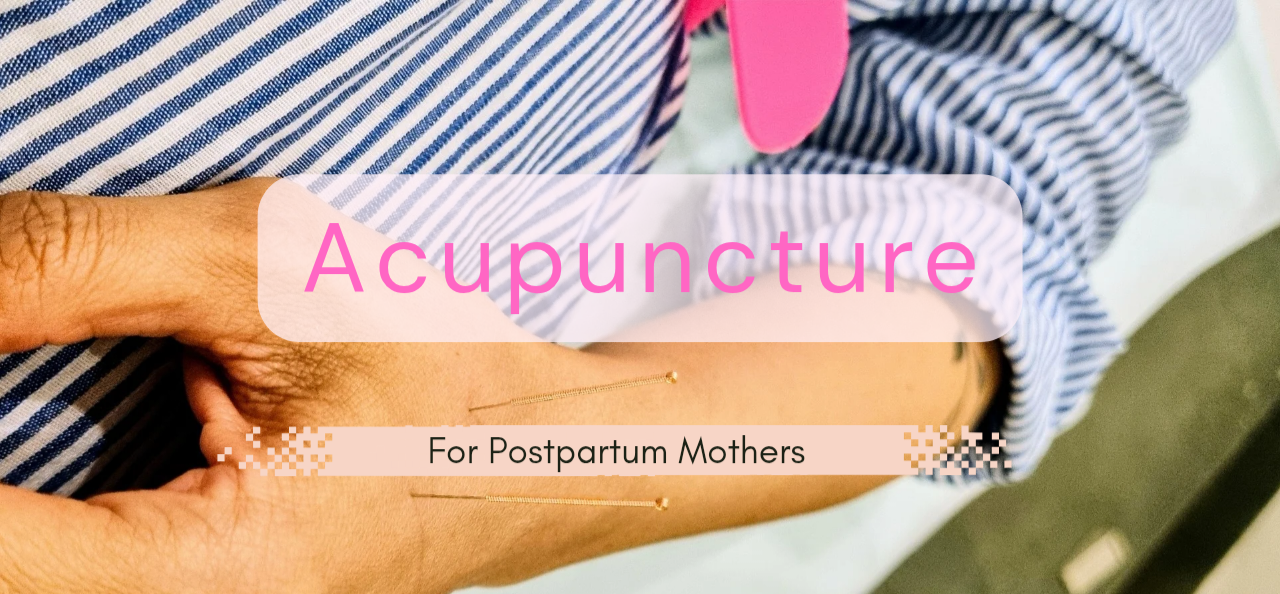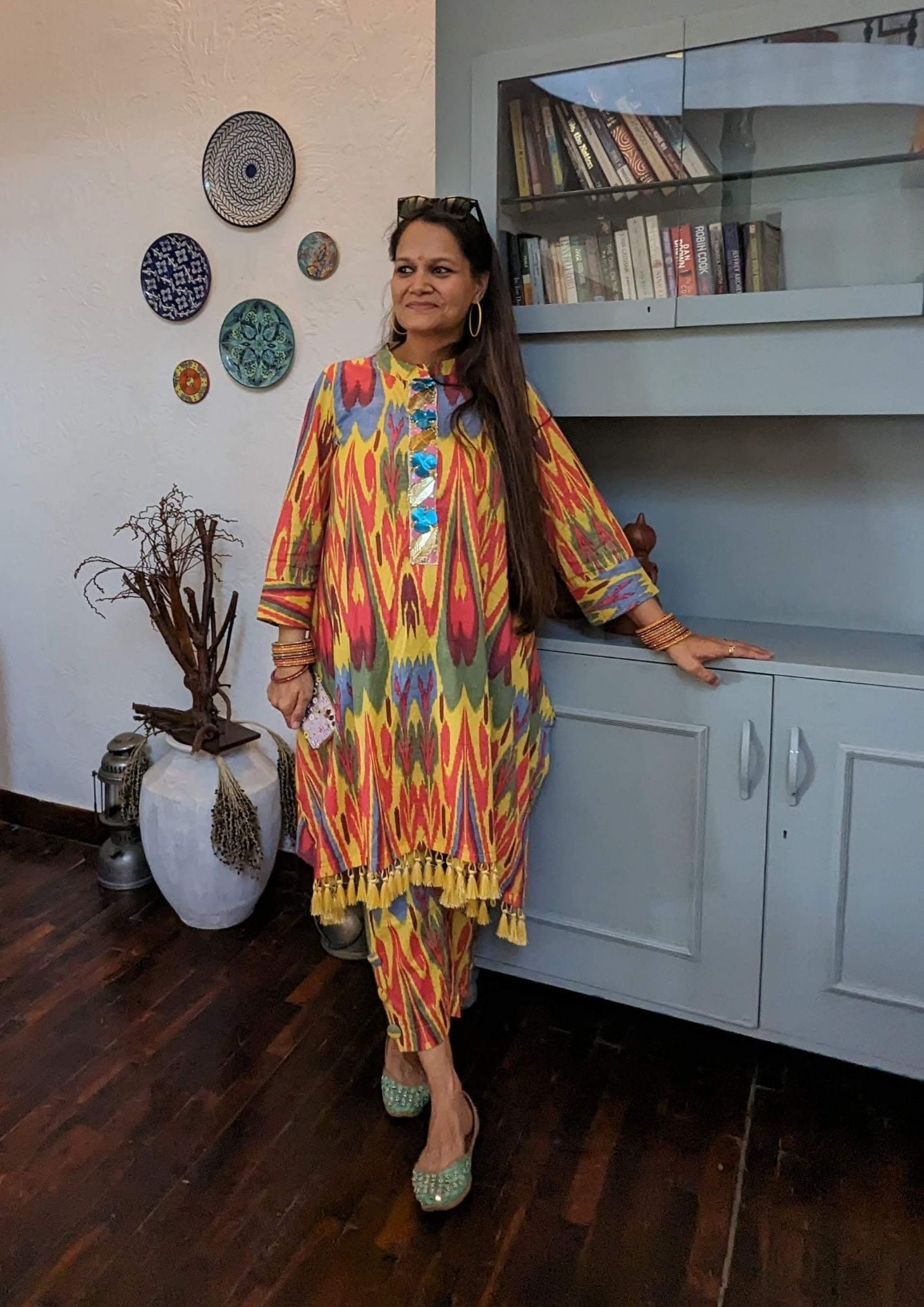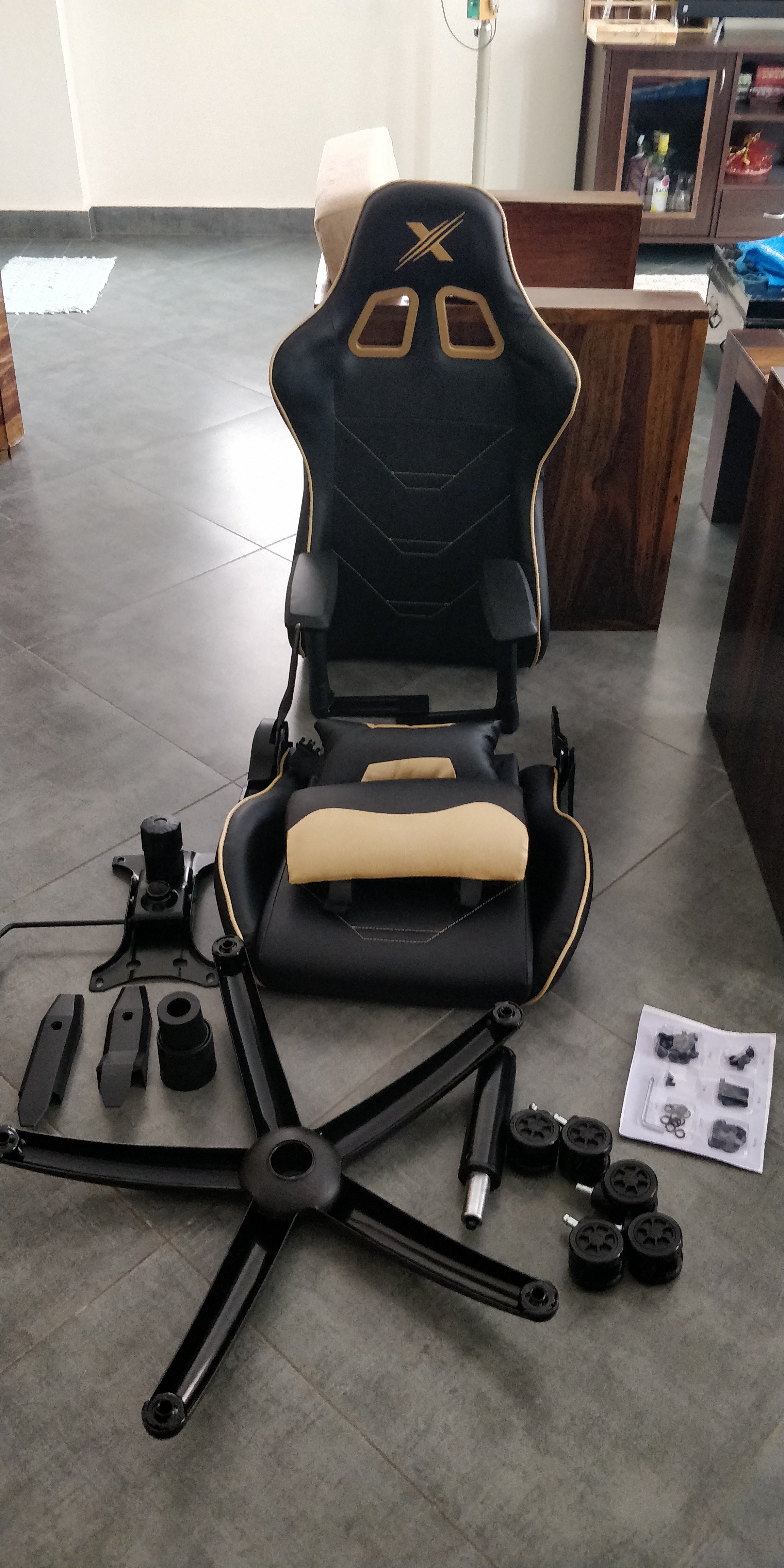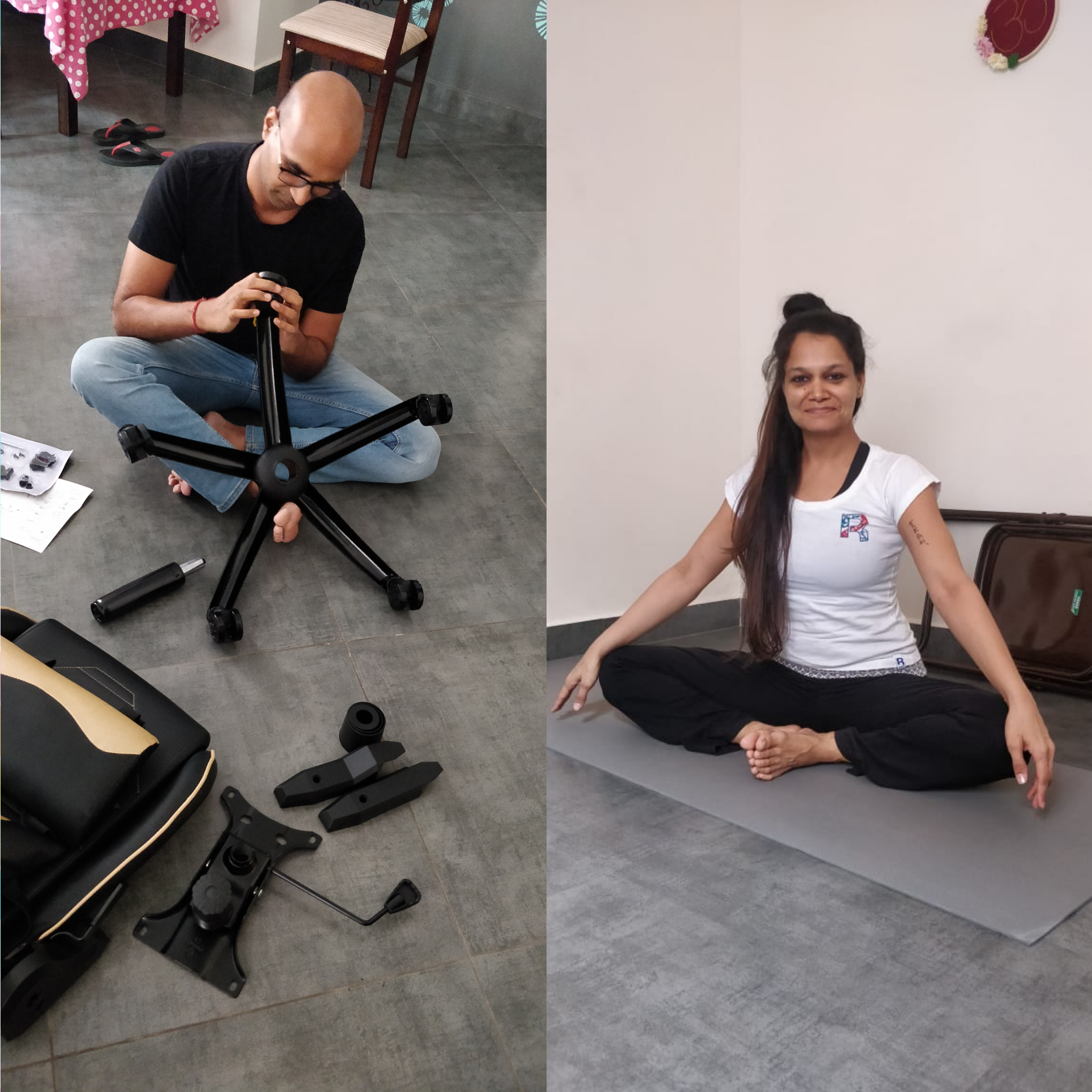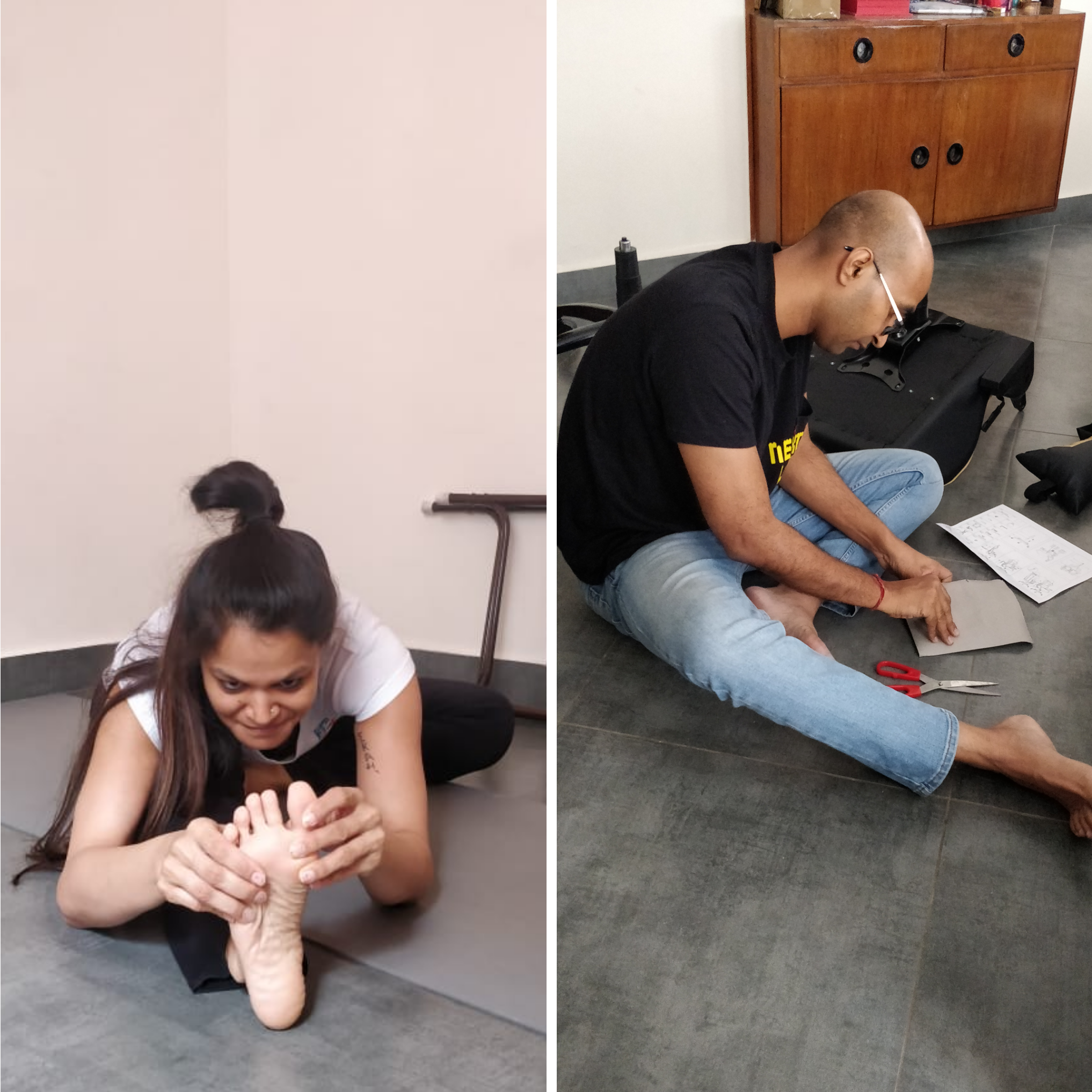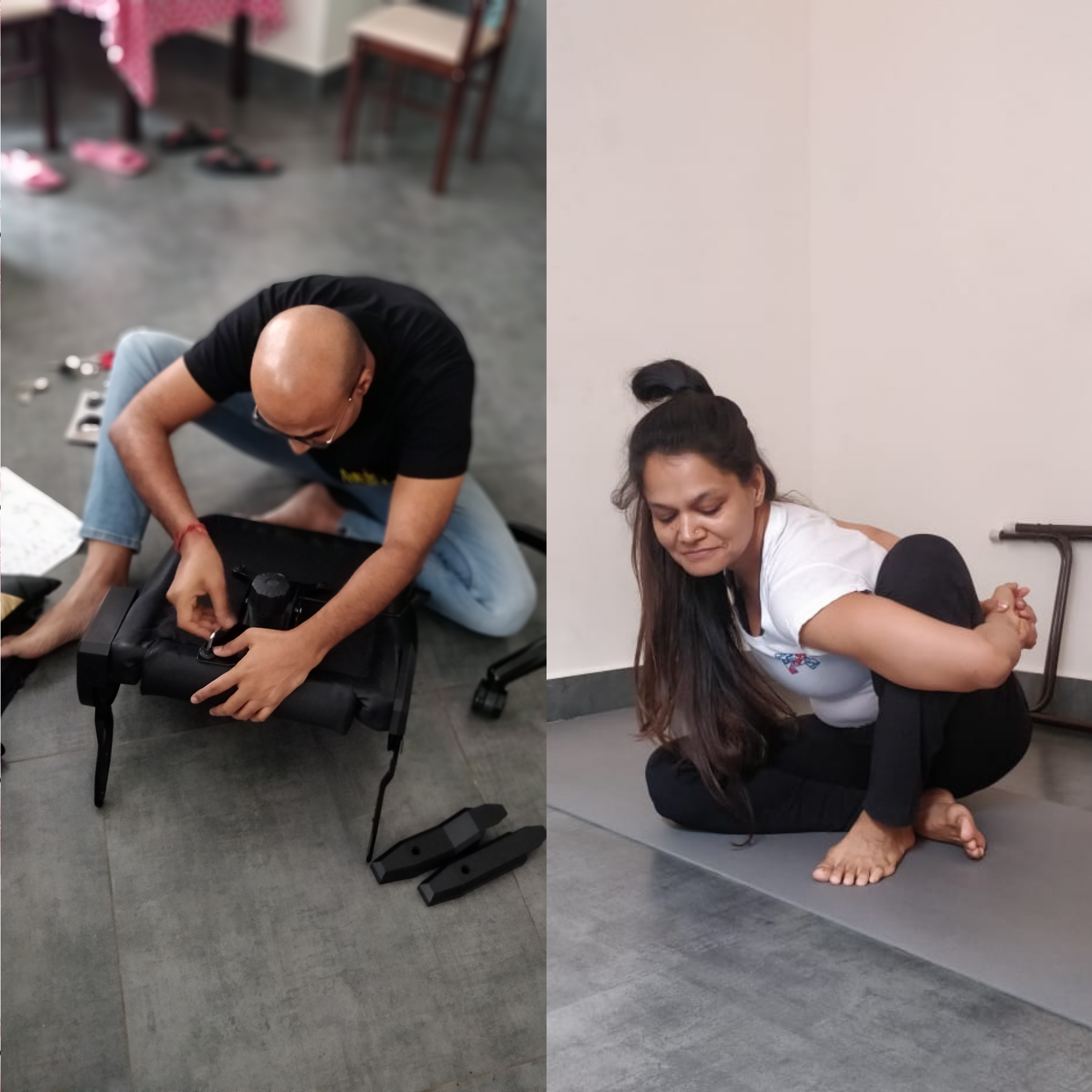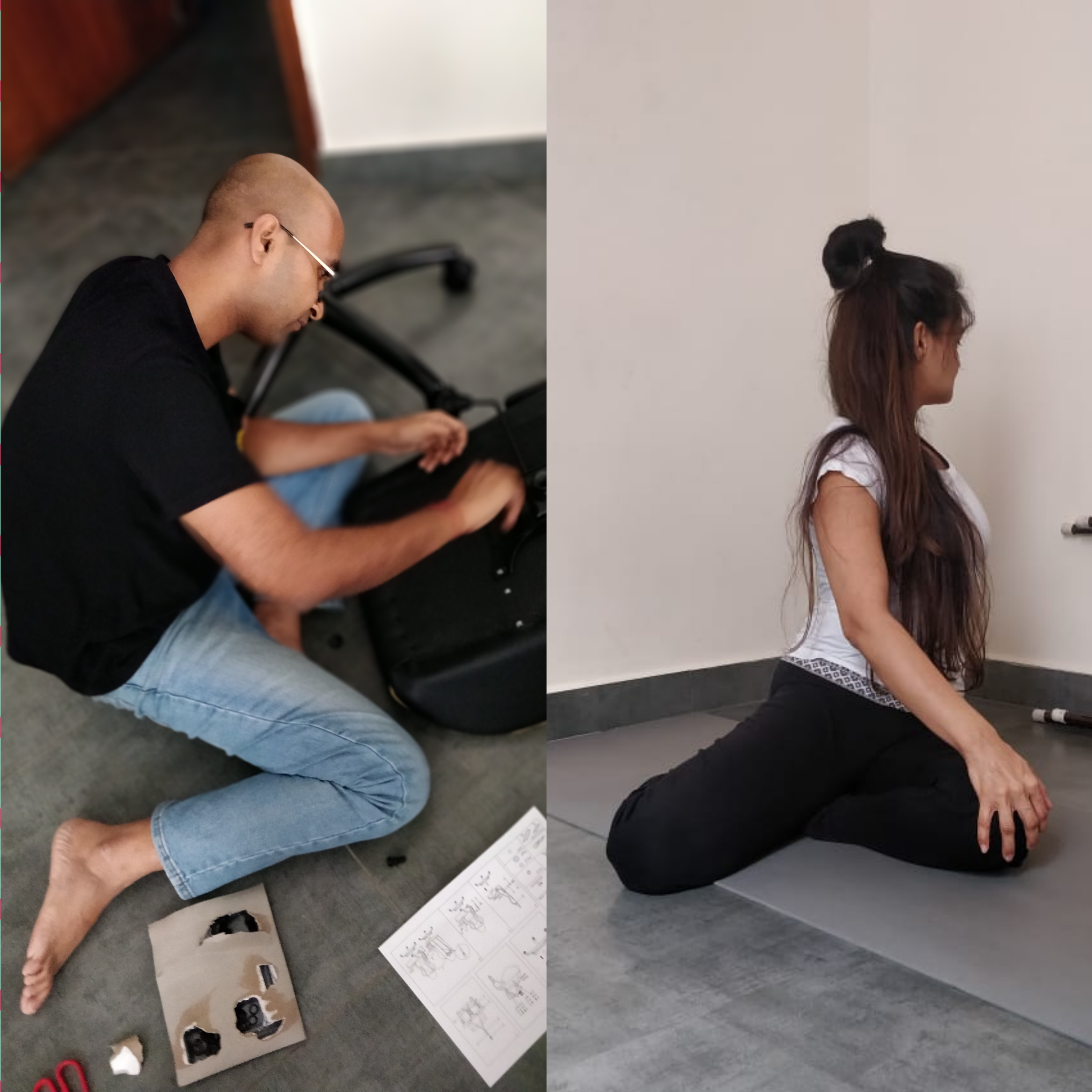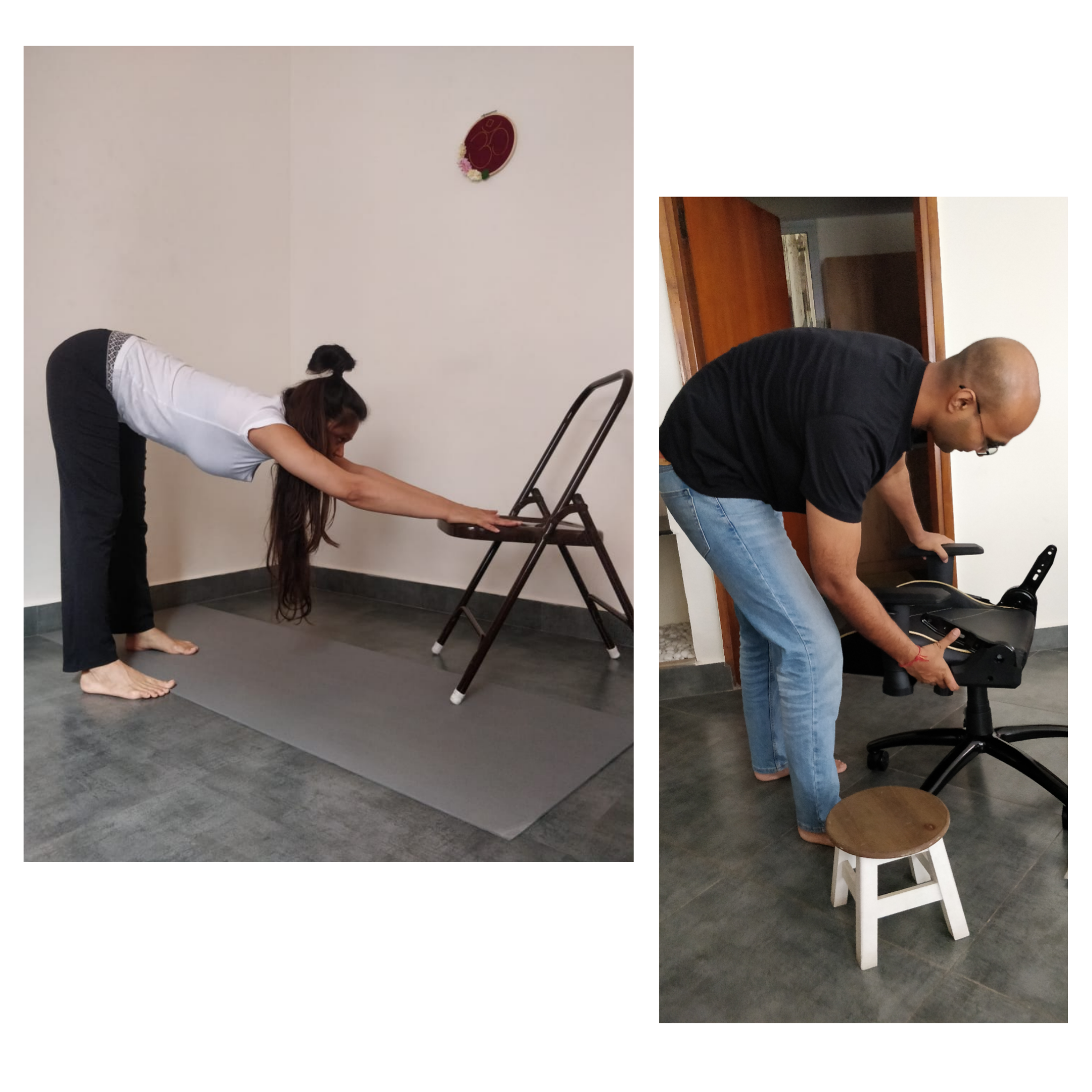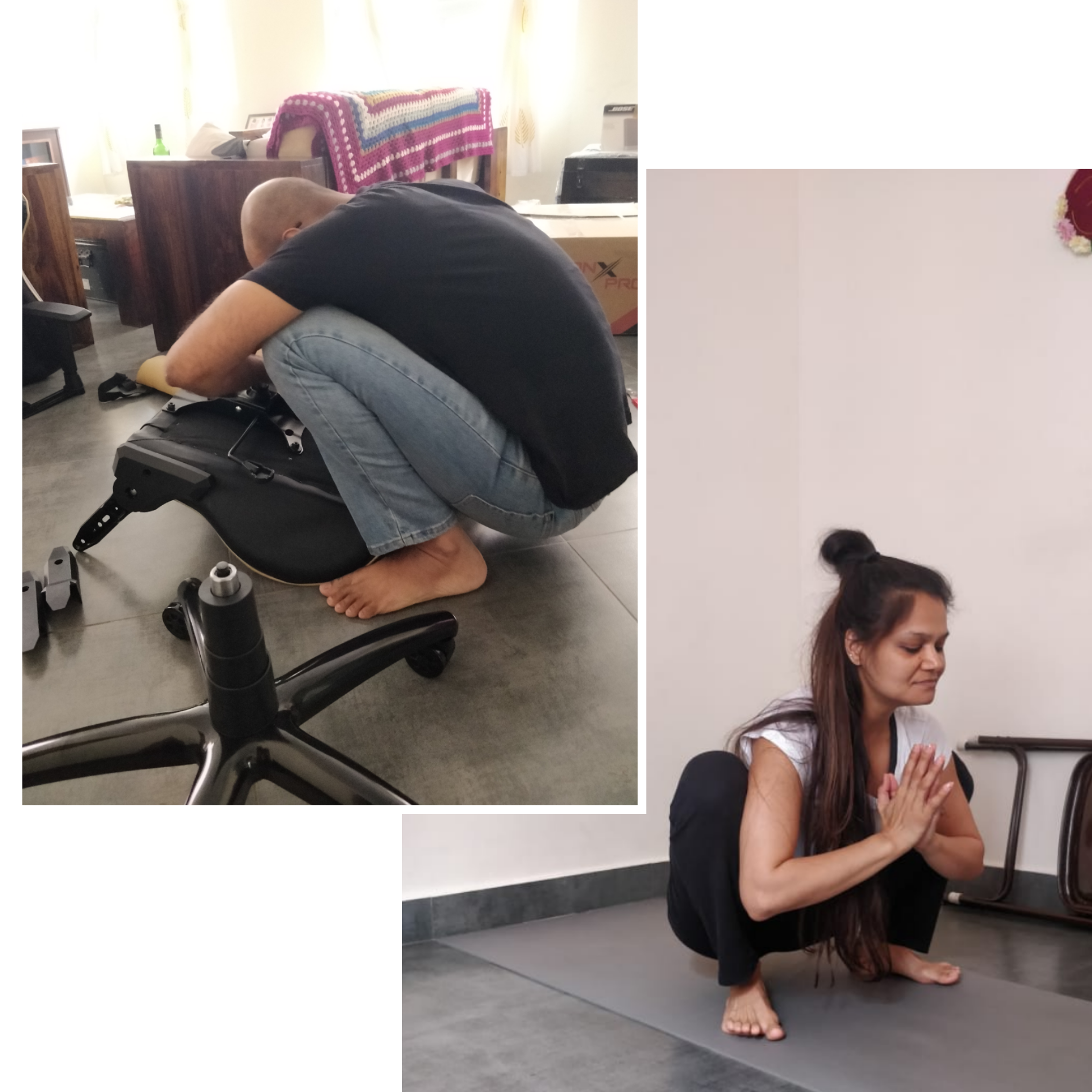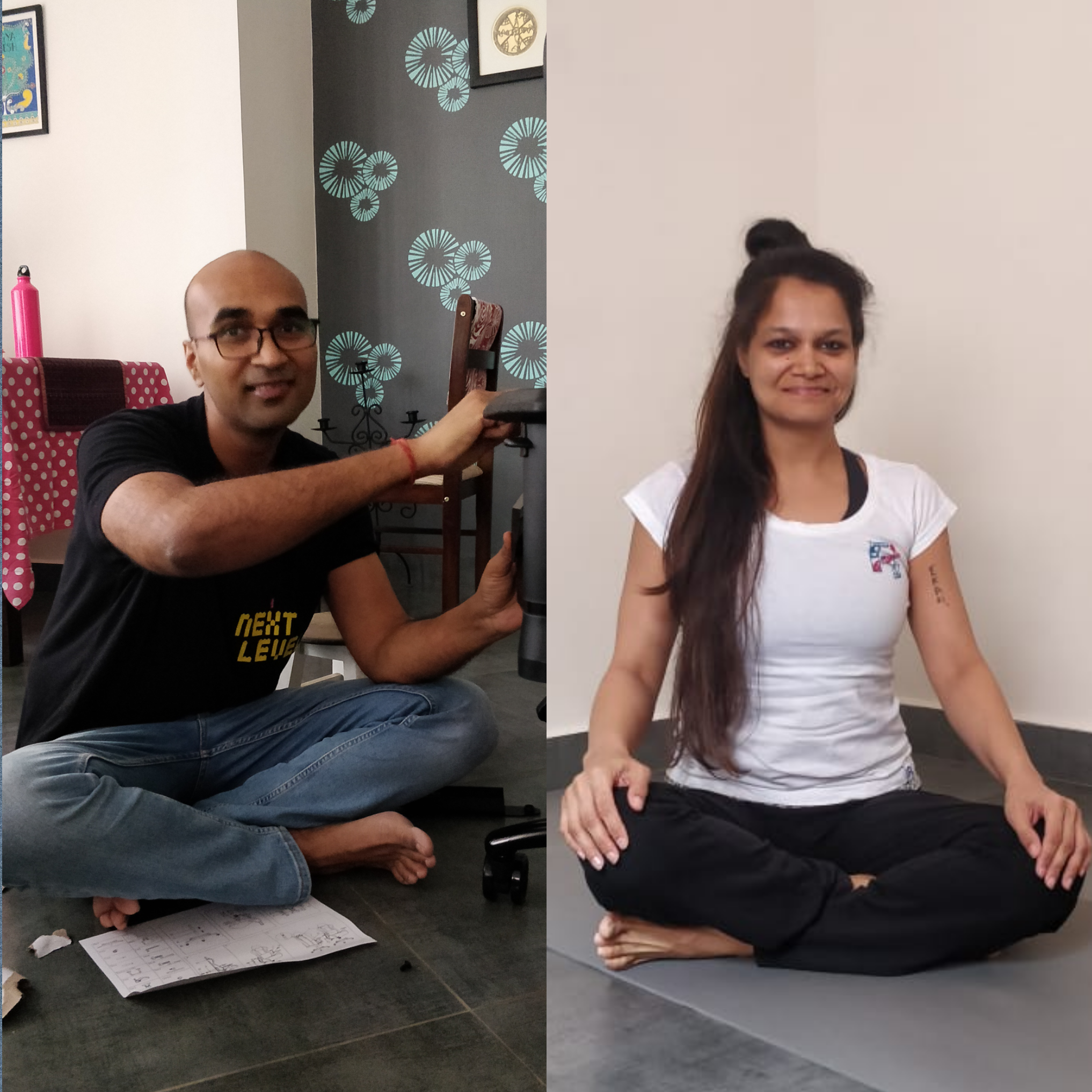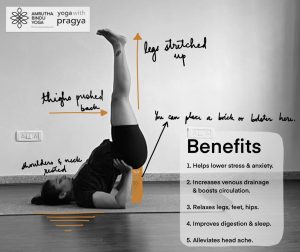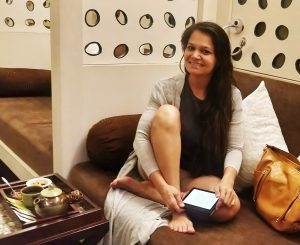I took a class the other day for a student who zooms in from Singapore. Just as we were about to start class she got a WhatsApp message. She (uncharacteristically) excused herself and checked it. Looking up she said, “My mom’s brother just passed away.”
I’m not sure what the ‘right’ reaction to this news is given the circumstances. The night before I heard that two of my husband’s friends have lost their mothers. During dinner my in-laws told us of a family friend, a doctor, who also succumbed. The week before that I got news that a family friend whom we’ve known since our days in Bangladesh, passed away in the hospital. Friends and well-wishers tried to frantically get in touch with her son. But in these times, the tone and timbre of our grieving has also changed. We are all going through collective trauma, ironically in isolation. But what about our healing?
So I asked her if she wanted to take some time, call someone, perhaps even postpone the class. We ended up continuing with the class.
I woke up this morning feeling like I need a week off to clear my head. It’s perhaps a symptom of being under long term stress. We managed the first lock down by going online, catching up with friends over wine on zoom, baking banana bread and having it with dalgona coffee. This second wave has brought with it tragic news on a daily basis. So tragic in fact that we no longer check the news for numbers. So tragic that most of us have actively started to do whatever we can to help – donating, amplifying voices on social media, and even just staying in and balancing our chores with work.
Stress over a sustained period of time starts to change people. What we are living through is not only stress, but also trauma. No wonder many of us have started complaining about fatigue and a sense of disconnect from our surroundings. We feel like we’re on auto-mode, robotically marking the beginning and end of days; the beginning and end of weeks. Half of 2021 will be over next month, and many of us can’t tell the difference between this year and the last.
I’ve bought bed-sheets, new flip flops, changed the arrangement of my yoga room, joined a yoga sutras chanting class, even set up WhatsApp for Business and included that on my Facebook page. Only to realize that these aren’t the changes I need.
Resilience is a way of coping with trauma, and many of us continue to be brave. What about the healing from this trauma? Psychotherapist and counselor Simi Mathew says sometimes just hanging in there and going through the trauma is also a healing process. “But the actual healing,” she says, “which is about letting go and healing the actual scar, that happens when we are aware of it and we actively seek help for it.”
Perhaps even as we trudge through another meeting; as we look wistfully at the beautiful weather in Bangalore these days; as we stay up late doom-scrolling and wake up groggy; even then our healing is happening.
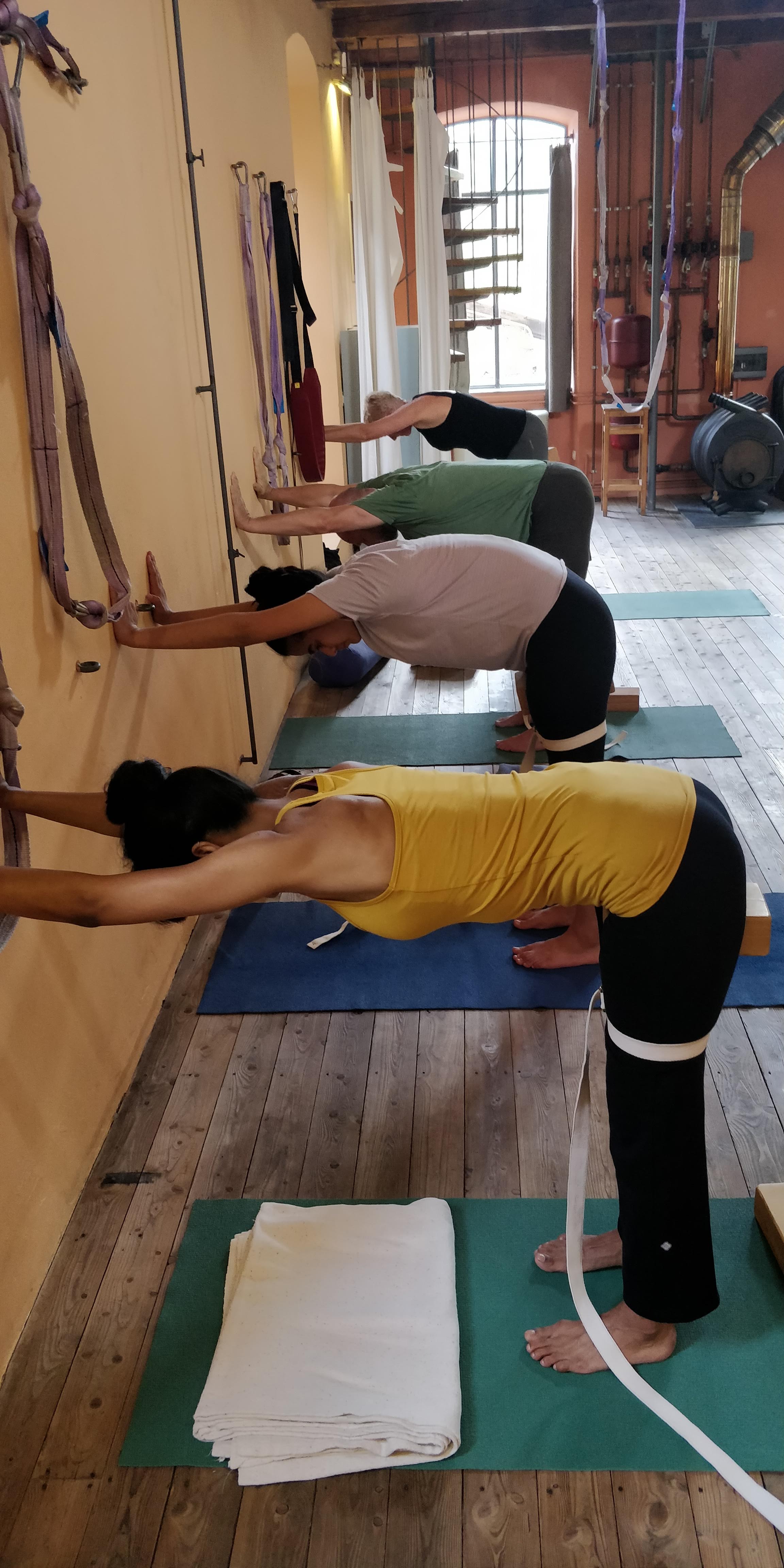
Scenes from our Liguria Yoga Retreat two years ago. Soon we shall all emerge from this time, ready to move, dine and practice together again.

